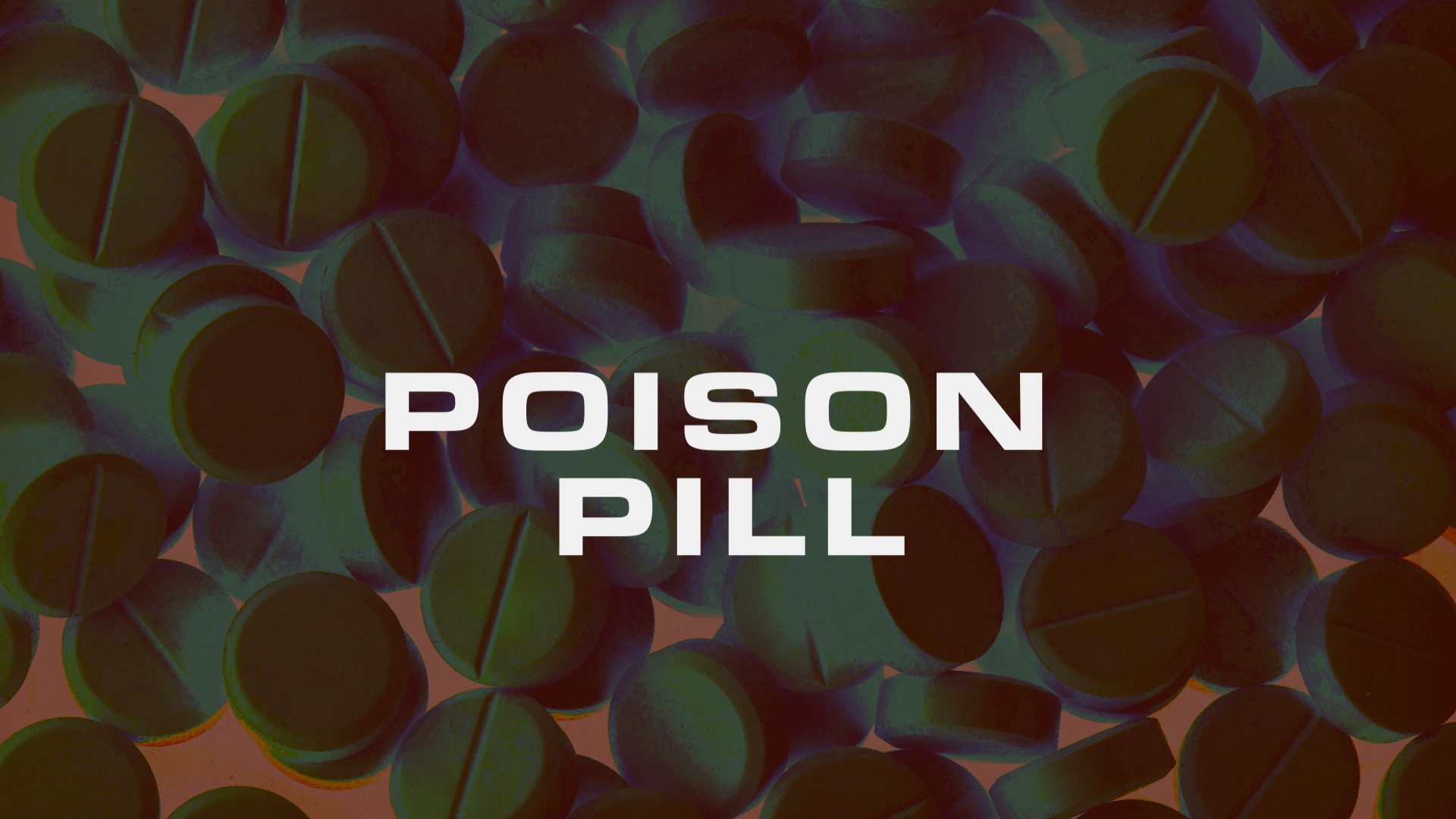They’re a small, but mighty team.
The Harm Reduction Coalition of San Diego is made up of eight people. They spend their days patrolling the streets looking for ways to help keep our most vulnerable populations alive.
“So what we do is come out here on the streets and find out what people need and bring it to make sure that they have what they need to stay safe and alive and to move in a direction that supports any positive change that they're trying to make,” said Tara Stamos-Buesig.
That means providing free Narcan, clean needles and drug testing.
Get San Diego local news, weather forecasts, sports and lifestyle stories to your inbox. Sign up for NBC San Diego newsletters.
Last year, the coalition started going around the streets of Downtown San Diego with a testing kit they purchased online from the nonprofit Dance Safe. They’ve brought it to homeless encampments, hotels, concerts and parties, offering free drug testing.
“You never know what you're getting, you know?” said Billy. ”So it's super dangerous, especially being an intravenous drug user. I don't want to shoot something that's going to hurt me. So if I have an opportunity to test it first, then that's definitely very helpful.”
Poison Pill
NBC 7’s MURROW-AWARD WINNING IN-DEPTH LOOK AT THE HIDDEN DANGERS AND FRIGHTENING CONSEQUENCES OF ILLICIT FENTANYL
Billy has been living on the streets for years. He says he began taking drugs as a teenager and just recently started using the coalition’s services.
On this particular day, he handed over a little bag of white powder he believed to be MDMA for testing.
Jordan Parnes does the drug testing for the group.
He’s a social worker but went through specific training to be able to do it.
“We're really trying to identify the presence of certain compounds or drugs or whatever else there is,” said Parnes. “We're not trying to tell people if it's pure or if it's high quality or if you know, it's safe to use. It's really challenging to use that term safely because drug use is an inherently risky activity. But what we are trying to do is provide folks with information so they can use that information and be empowered to make decisions about their health in a conscious way.”
Here’s how the dug-checking machine works:
The machine used is called FTIR Spectrometer. It uses infrared light to detect the components of a substance. Parnes then narrows down the top three elements in the drug.
“If I were giving this sample back to the user, I would say I believe there to be MDMA, Caffeine, and some kind of pill binder,” said Parnes. “Very likely a salt could be dicalcium phosphate, is what I believe we saw.”
The group also hands out free drug testing strips but those only detect fentanyl.
Stamos-Buesig said that because of the increasingly messy drug market, she wanted to go further.
“We've had people who said, ‘Oh my god, this is not what I thought it was, I'm not going to use it,” said Stamos-Buesig. “And those people are alive today.”
Her kit not only identifies fentanyl but also meth, cocaine and heroin. That’s important since most overdose deaths in 2019 were tied to at least one of those drugs and nearly half of all overdose deaths involved two or more.
Since buying the machine in September, the coalition has tested more than 700 drug samples, according to Stamos-Buesig.
“I lost 60 friends last year,” said Stamos-Buesig. “That's a lot of people. A lot. And in the county, over 1,300 in 2021. We are losing people every day and what I say to those who may not support or understand is that ‘it is OK.’ What I need them to know and understand is [that] I don't want there to ever come a time when you say, 'I wish my child had known. If only I had known.”
Stamos-Buesig spent years on the streets herself before she stopped using drugs and went back to school.
“I think one of the things that helped me the most was that there were very few people who saw me and who loved me and always reminded me, 'You'll go hiking again soon, we should go hiking here,” said Stamos-Buesig. “And for two minutes I was out of that really awful existence that I was living. I held on to that thread of hope and that is why I do what I do.”
These days Stamos-Buesig is that thread of hope to others.
“It's amazing to have somebody, number one, that cares enough to spend time out of their day to worry about us and to make sure that we have what we need. And, you know, you could bring like food and clothes and all that, but I mean, that stuff we're able to get all the time,” Billy said. “It's super difficult before her services to get clean needles and clean supplies and medical supplies and stuff like that.”




